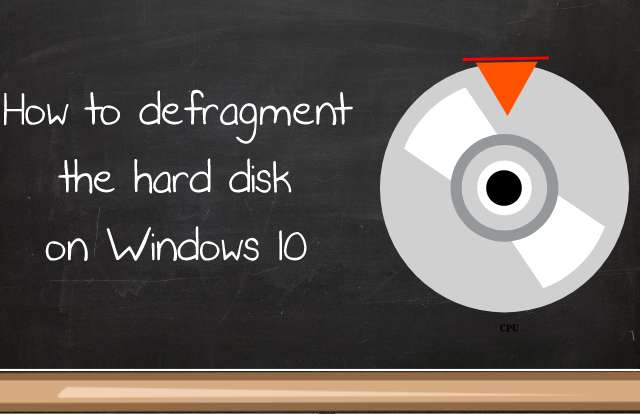
Buying a new smartphone is what you will probably want to do if you just lost your phone or your phone got spoiled, but to some people out there refurbished smartphones have been the go-to if they ever needed a phone. Refurbished smartphones are used phones that are offered for purchase at cheaper price.
Unlike brand new smartphones, refurbished are mostly used and are not in new conditions. But both refurbished and brand new smartphones have their cons and pros. Today, I will be comparing both by highlighting their good and bad (their cons and pros of course) so you can decide the one that is right for your present needs.
⇒Join us on Telegram for more Sure and Accurate football-winning tips every day...click here
Brand new ones are sealed and are completely new out-of-the-box, something you can’t expect from refurbished smartphones. Moreover, refurbished lacked manufacturers warranty. Reliability is also not one of the attributes of refurbished smartphones. But what makes refurbished stand out are the price at which they are offered.
Price is the main determinant for most people when they want to purchase a smartphone; with a refurbished one, you can get more for less than buying a brand new one.
1. Pricing
Price is what comes first when you think of buying a new smartphone. Most people cut their cloth according to their size by going for what the little money they have can buy. While phones are available in different prices depending on their specs, the cheaper ones are often of low quality.
You need to spend at least US$500 if you want to buy a brand new smartphone that have good specs and good build quality. But at half the price, you can get a refurbished smartphone that offers the same value. Why spend more when you can get something that offer nearly the same at half the price?
The only downside is refurbished are not that up to date – so you won’t be getting the latest in terms of hardware and software.
2. Specifications
This aspect is mind-bugging because most buyers do really care about the specs when buying a new smartphone. While refurbished smartphones are not that back-dated, their specs may not be too convincing compared to newly-released ones.
They are outdated phones sold for less because they are out of date in both hardware and software, but not totally worthless. The price sacrificed is for the outdated specs, that’s why they are way cheaper.
For instance, the Samsung Galaxy S8 got released as a flagship phone in early 2017 at a price of US$750, but currently (in 2020) you can buy a refurbished Galaxy S8 for roughly US$250. The processor of the Galaxy S8 (Qualcomm Snapdragon 835) cannot be compared to the current Samsung Galaxy S20 flagship phone (Qualcomm Snapdragon 865), which is not only faster, but cost thrice the price.
For someone who have US$300 and wanted to buy a flagship smartphone, the brand new Galaxy S20 is out of option, but the refurbished Galaxy S8 will be a good purchase, because at the end of the day a flagship will always be a flagship.
The extremely cheap price of refurbished smartphones is what you pay for the outdated specs, which most of the time are not that bad.
3. Software
What you pay for is what you get – this goes for the software too. You can’t expect three years old smartphones to have up-to-date software (excluding iPhones of course ☺).
This is why most people prefer to buy a brand new phone because the software will be up-to-date compared to the refurbished one. Using a phone with an outdated software can be risky as it can be exploited by hackers.
Android is the most used mobile operating system in the world, but even that, some phone manufacturers only provide two major updates and security updates for two years.
After two years, these Android phones will no longer receive updates, which makes them vulnerable to attack – these are the phones that are sold as refurbished.
Security and safety are not guaranteed for refurbished smartphones.
4. Warranty
Brand new smartphones come with manufacturer’s warranty, while refurbished does not. Although, if you purchase a refurbished phone at certain outlets like Amazon and eBay, the seller may accept refunds and can even give three months warranty.
However, sellers warranty cannot be compared to manufacturer’s warranty because the later cover every single aspect of the product, while the former does not.
5. Defect
Refurbished smartphones can be defective. They may have scratches and some of their features may not work because they are not entirely brand new; they have been used by someone and repackaged before they are sold. It mostly depend on luck to get a refurbished phone that is clean and 100% functional.
I remember purchasing a refurbished HTC One Max some years ago just to found out two months later that the IR sensor is not working. I un-coupled it and found the IR sensor missing in the socket.
The defect can be battery, screen (OLED burn-in), speaker, or anything else. Brand new smartphones rarely have defects, and if there are any you can return them to the manufacturer and collect new ones if they are still under warranty.
6. Reliability
Brand new phones are more reliable because they are completely new and haven’t been used at all, unlike refurbished phones. As a buyer, you can be rest assured that the new phone will be fully functional and will do exactly what it is built to do—that cannot be said about refurbished phones.
The price you pay for a brand new phone include not just the specs, but also the reliability and the trustworthiness of the product.
All in all, refurbished smartphones are not necessarily bad. They are a lot cheaper and are more affordable for anyone to buy. Moreover, they offer good specs.
Brand new smartphones, however, are more reliable, have superb warranty, and have lesser tendency to be defective. If price is not an issue, go for a brand new smartphone. If it is, a refurbished one will also serve you well.




